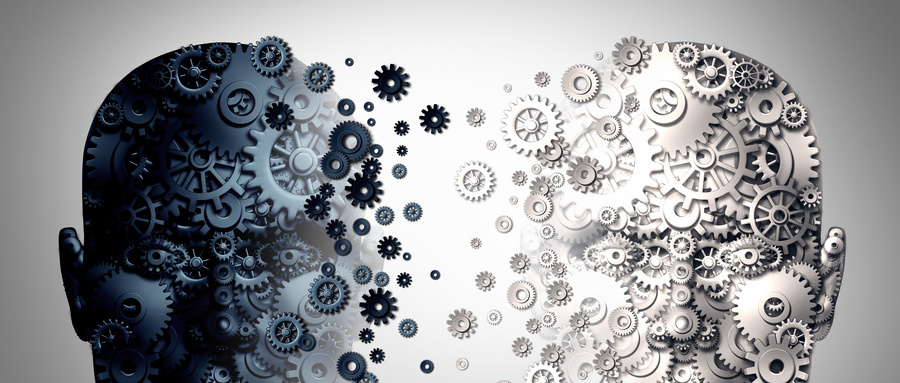

双相障碍,又称双相情感障碍,是一种常见的精神障碍:
抑郁发作:患者可能出现持续的情绪低落、失去兴趣和愉悦感、自责自罪、食欲和睡眠紊乱、精力减退、思维迟缓,甚至有自杀念头或行为等。
躁狂发作:表现为情绪高涨、思维奔逸、活动增多、睡眠需求减少、自我评价过高、易激惹,严重时可能出现幻觉、妄想等精神病性症状。有些患者还会经历轻躁狂发作,症状与躁狂发作类似,但程度较轻,对日常生活和工作影响较小。
疾病特点
反复发作:双相障碍的症状通常不是一次性出现,而是会反复发作。抑郁发作和躁狂发作可能交替出现,也可能有混合发作的情况,即同时出现抑郁和躁狂的部分症状。
症状复杂:除了情绪的极端变化外,还可能伴有认知、行为、生理等多方面的改变。不同患者的症状表现可能差异较大,且症状的严重程度和持续时间也各不相同。
共病率高:双相障碍常常与其他精神障碍或躯体疾病共病,如焦虑障碍、物质使用障碍、心血管疾病等,这增加了疾病的复杂性和治疗难度。
发病原因
遗传因素:研究表明,双相障碍具有较高的遗传度。家族中有双相障碍患者的人,其发病风险会显著增加。
神经生物学因素:大脑神经递质失衡,如血清素、多巴胺、去甲肾上腺素等神经递质的功能异常,可能与双相障碍的发生有关。此外,大脑结构和功能的改变,如额叶、海马体等区域的异常,也被发现与该疾病存在关联。
心理社会因素:童年时期的不良经历,如虐待、忽视、父母离异等,可能增加成年后患双相障碍的风险。长期的压力、重大生活事件的刺激,如失业、失恋、亲人离世等,也可能成为疾病发作的诱因。
双相障碍是一种需要长期治疗和管理的疾病,患者和家属应积极配合医生的治疗,定期复诊,同时注意生活方式的调整,如保持规律的作息、均衡饮食、适度运动等,以提高生活质量,预防疾病复发。
1. Diagnostic and Statistical Manual of Mental Disorders (DSM-5)
- Title: Diagnostic and Statistical Manual of Mental Disorders: DSM-5
- Authors: American Psychiatric Association
- Publication Year: 2013
- Summary: The DSM-5 is a comprehensive classification system for mental disorders, including bipolar disorder. It provides detailed criteria for diagnosis and classification.
2. Epidemiology of Bipolar Disorder
- Title: The Epidemiology of Bipolar Disorder: A Review of the Literature
- Authors: Merikangas, K.R., Akiskal, H.S., Angst, J., et al.
- Journal: Bipolar Disorders
- Publication Year: 2007
- Summary: This review article provides an overview of the prevalence, risk factors, and epidemiological trends of bipolar disorder.
3. Neurobiological Mechanisms
- Title: The Neurobiology of Bipolar Disorder: Current Understanding and Future Directions
- Authors: Castle, D.J., Murray, R.M., and other contributors
- Journal: Journal of Affective Disorders
- Publication Year: 2011
- Summary: This paper discusses the neurobiological underpinnings of bipolar disorder, including genetic, neurochemical, and neuroimaging studies.